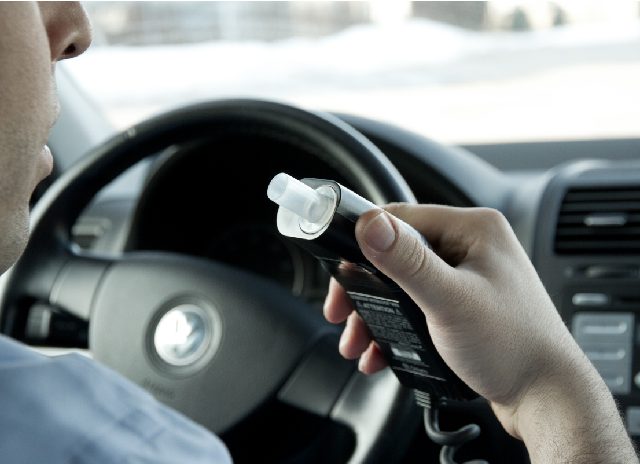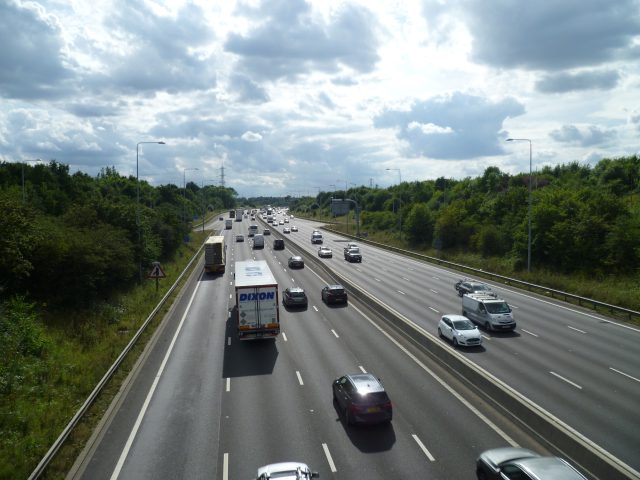Reducing Road Deaths among Powered Two Wheeler Users (PIN Flash 44)
In recent years there has been much discussion about whether a PTW user falls into the category of vulnerable road user since they can pose substantial risks to other road users such as pedestrians and cyclists. but they remain unprotected by a vehicle body and the other protection systems that vehicle occupants enjoy, which exposes them to greater risks in motorised traffic.
While PTW user road deaths have been decreasing, they have not been decreasing at the same rate as other road deaths and there are differences between the reduction in moped road deaths and motorcycle road deaths. This also holds true for PTW user serious injuries. Age is another important factor in PTW safety. Improving the safety of PTW users can be achieved through a variety of measures starting with training and licensing through to infrastructure and new technologies. Some measures, such as speed enforcement or safe road design, benefit all road users.
Part I of this report examines the latest data on PTW user road deaths from across the EU and other countries that form part of ETSC’s Road Safety Performance Index (PIN) programme. As well as showing the differences that still exist between countries, it gives examples of policies that have led to faster progress and areas for improvement.
Part II looks at the main measures for reducing the risks to PTW users including training, licensing, infrastructure, technical inspections, the use of protective equipment and new technologies. Riding a PTW for work is also examined, particularly in light of the rise of the gig-economy.
Recommendations for national and EU policy-makers are made throughout, and a shorter list of priority measures is given at the end of the executive summary.








